HAUSER & WIRTH | DAVID HAMMONS| LOS ANGELES | MAY 18 – AUGUST 11, 2019

Hauser & Wirth presents David Hammons ‘s first in 45 years solo show (Los Angeles). His press release consists of nine words—“This exhibition is dedicated to / Ornette / Coleman / Harmolodic Thinker”—and an intriguing abstract drawing.
First, the drawing: it’s all quick-moving lines, most of them roughly horizontal, a few diagonal or vertical. In a couple instances, they loop back on themselves. It’s tempting to suspect that we’re looking at a sketch that was used to tell a story or explain an idea, that it was made by someone thinking along the way—perhaps showing how to plumb the ocean beneath rippling waves, or how to move through some other kind of field or space. It brings to mind the roughest drawings of Trisha Brown, Gerhard Richter, Julie Mehretu, and Albert Oehlen, but it’s sparer—strangely more functional—than all those. It also appears to be slightly degraded—like it’s been faxed or scanned or copied, maybe more than once—an indecipherable map or diagram or musical score coming in from a distance.
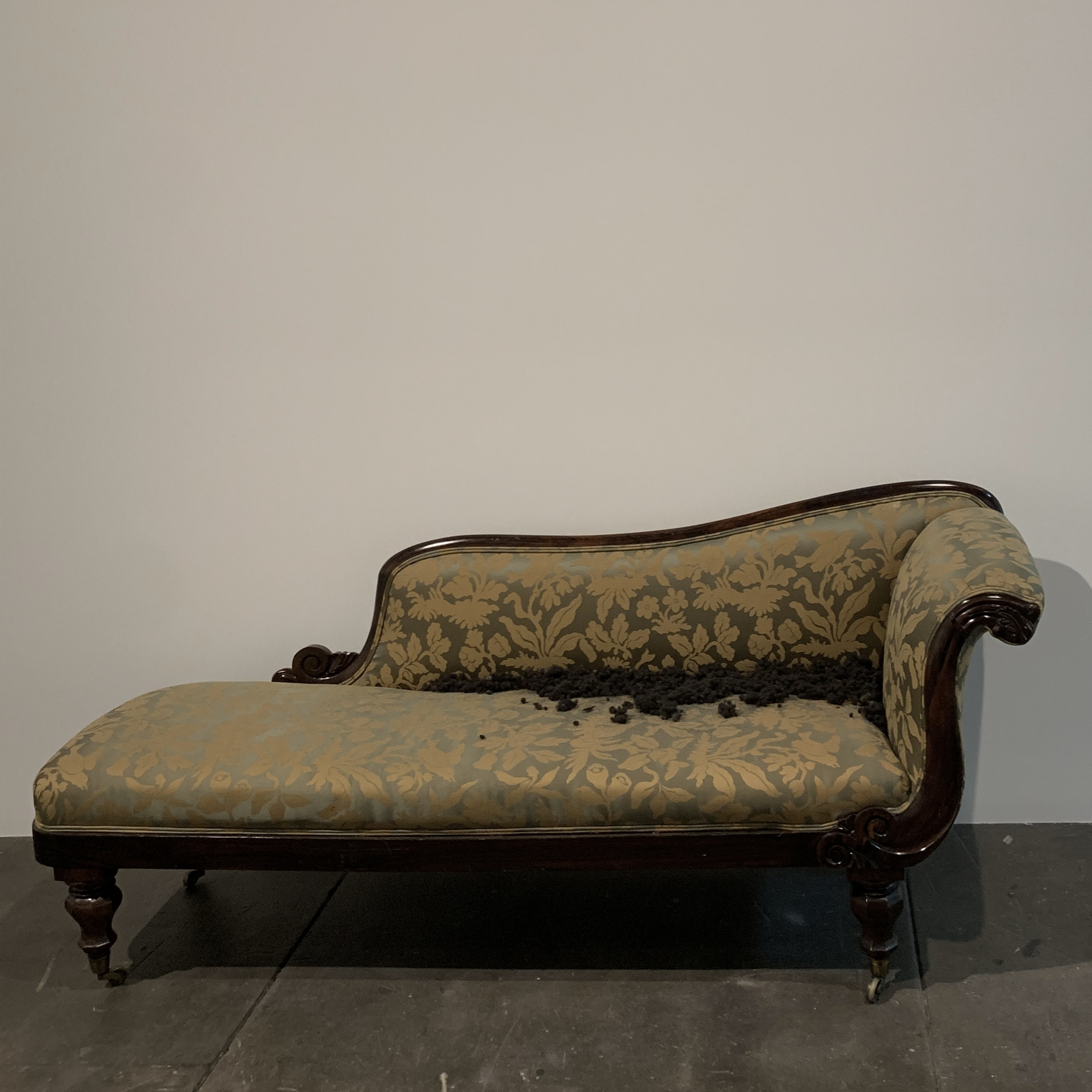
David Hammons once commented that “outrageously magical things happen when you mess around with a symbol.”1 For the past 50 years, Hammons has created a vocabulary of symbols from everyday life and messed around with them in the form of prints, drawings, performances, video, found-object sculptures, and paintings. Many of the results have indeed been outrageous, and most all of them have had a distinct kind of magic, derived from the transformation of everyday objects into allegories of the experience of the outsider in the contemporary world, whether an artist, a stranger, a madman, or, most persistently, a person of color.
Born in 1943 in Springfield, Illinois, Hammons moved to Los Angeles in 1963 to study art. After stints at Los Angeles City College and the Los Angeles Trade and Technical College, he began taking night classes at Otis Art Institute with realist artist and activist Charles White. Although he would finish his art education elsewhere, graduating from Chouinard Art Institute in 1968, Hammons retained a deep respect for White’s work and the example of his approach to art making.
Although he did not choose to work in a traditional realistic style, Hammons translated White’s socially committed, hand-drawn realism into a contemporary realism of found objects and materials. Beginning in the late 1960s, he began to use his own body, greasing it, imprinting it on paper, and sprinkling the result with pigment and graphite to make Body Prints. These X-ray-like figures were punctuated with exacting details of skin, hair, clothes, and body parts created by the process of one-to-one transfer.

After relocating to New York in 1974, Hammons started his lifelong practice of making sculptures from the highly charged detritus of urban African American life, including hair gathered from barbershop floors, chicken bones, bottle caps, and empty liquor bottles. Public installations like Higher Goals (1983; 1986), a group of towering basketball hoops decorated with metal bottle caps bent to look like cowrie shells, or In the Hood (1993), a small sculpture made from a hood cut from a used sweatshirt and mounted on the wall like an African mask, are iconic examples of American Conceptual art. At the same time, they are sharply critical commentaries on the clichés of growing up African American in the US, from the nearly impossible aspiration of becoming a sports hero, to the danger of wearing everyday outfits that are somehow perceived as menacing.

From landmark actions like his Bliz-aard Ball Sale (1983), in which Hammons sold snowballs of different sizes on a New York City sidewalk, to his most recent paintings whose surfaces are obscured by tarpaulins, burlap, or old furniture, such as Untitled, his work has contributed to an ongoing discussion about the role of the artist and the value of art in a world beyond the pampered precincts of the museum or gallery. Reluctant to participate in exhibitions of his own work, Hammons has fiercely guarded his status as a cultural outsider, while simultaneously continuing to produce work that reinforces his reputation as one of the most relevant and influential living American artists.

Text by Laura Hoptman


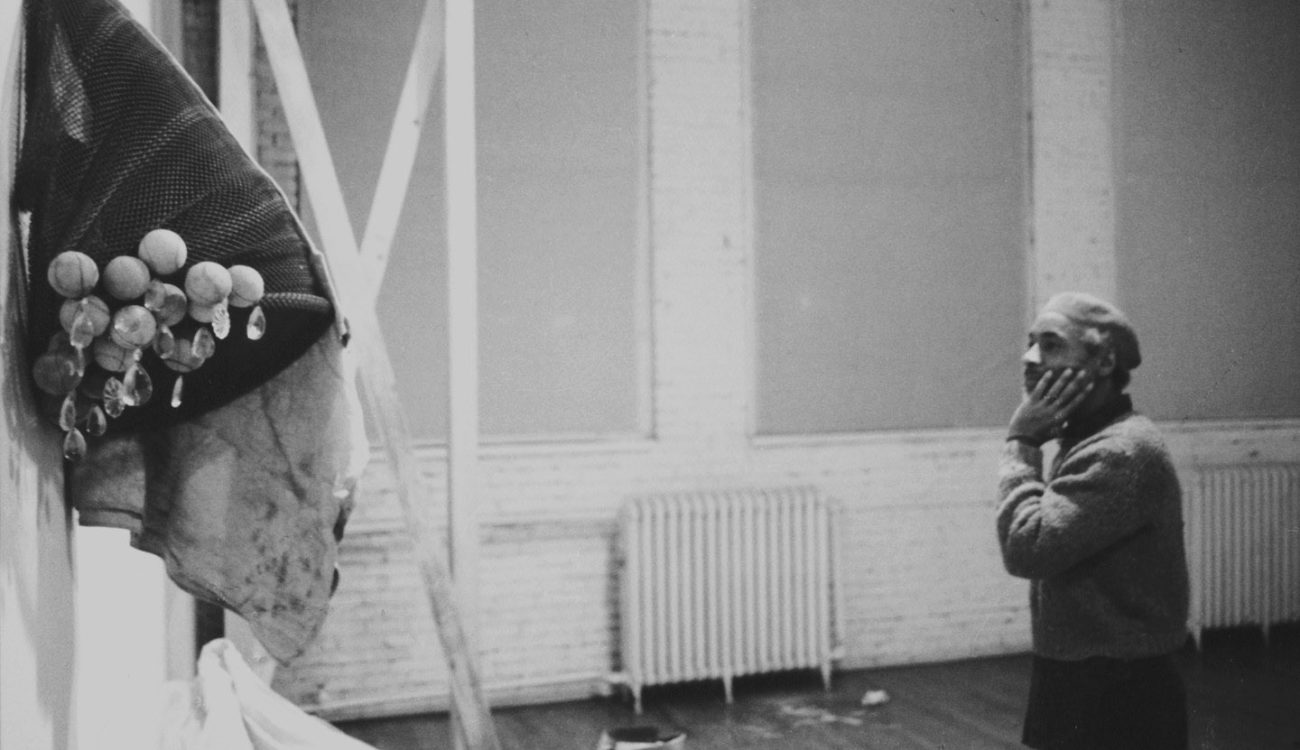
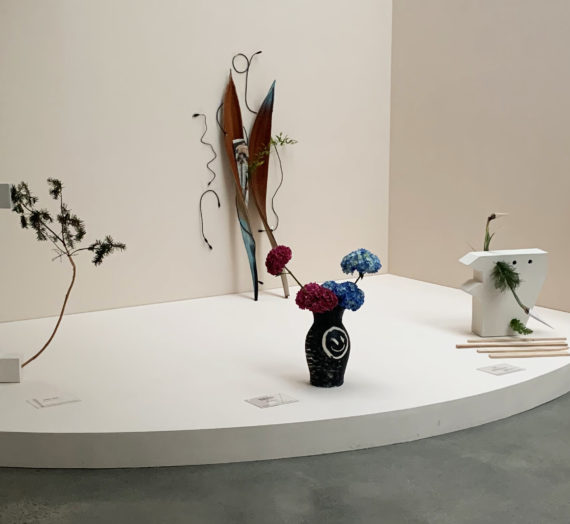
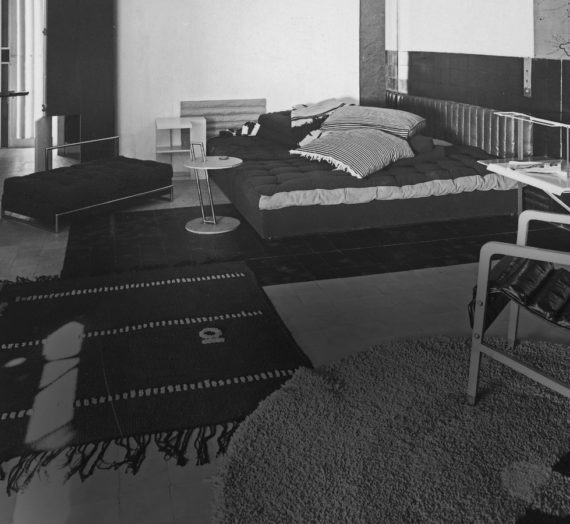
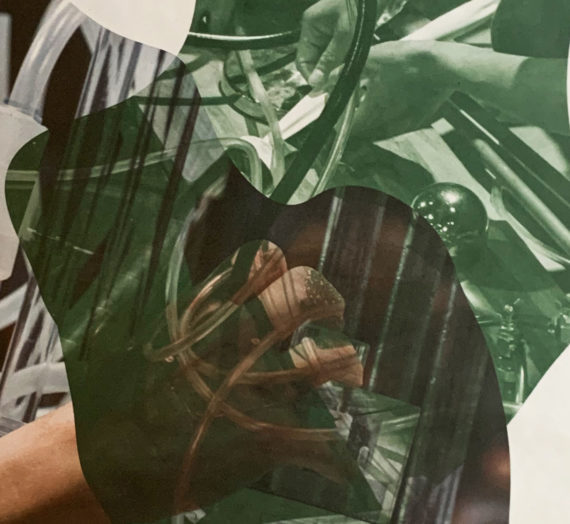
Leave a Reply